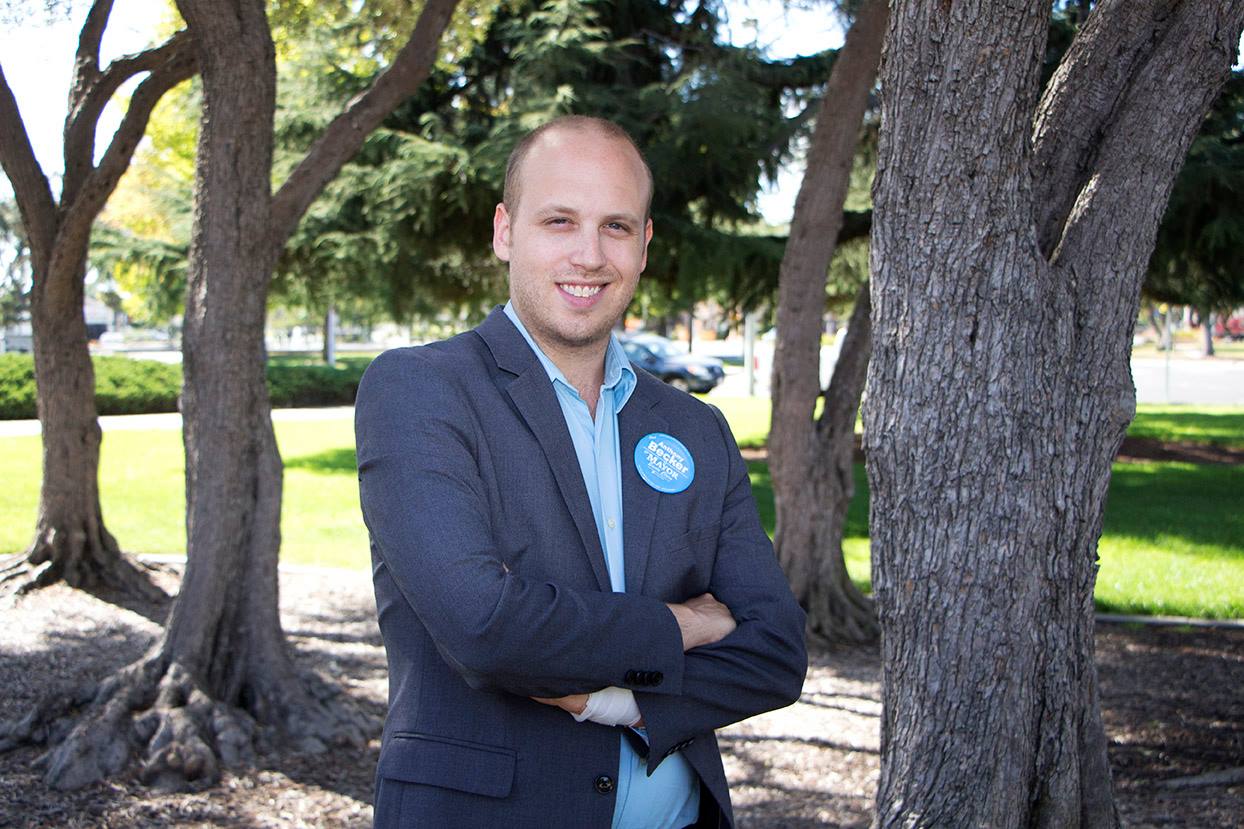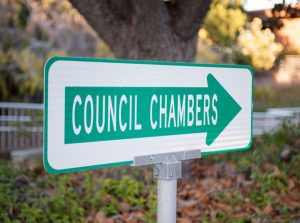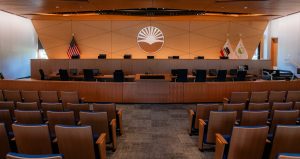The Santa Clara Weekly has invited candidates running for Santa Clara Mayor to speak directly to the voters via our pages and website.
Anthony Becker – Candidate for Mayor
- What are the City’s most critical needs and challenges?
The most critical and immediate challenges we face are traffic and delivering affordable housing that is actually affordable. We need better infrastructure, to restore our roads to the high quality that won Santa Clara awards, and to serve the needs of all our citizens, from those who are beginning their lives to those facing the changes of age.
Homelessness is also a problem that we need to address. Although it is a regional problem, it directly affects our community and our residents. But homelessness is only symptom of the skyrocketing costs of living that affects all of us. Santa Clara at its heart is a blue collar town and we need programs that make it possible for all of us to thrive here.
- What new programs would you propose or what programs would you improve?
One of the first things I will do as Mayor is to launch a Northside community patrol similar to the Castro Community Patrol in San Francisco. Working closely with our police, this patrol will be focused on preventing the neighborhood disturbances after games and concerts at Levi’s Stadium.
We need to help young people to get an education without taking on huge burdens of debt. I know what this is first hand, because I had to work to pay my college bills and still graduated with a load of debt.
I will explore programs like San Jose’s to help young people train for well-paying skilled labor jobs —electricians, plumbers, carpenters — that are sorely needed and can’t be outsources overseas. Skilled jobs are an excellent way to earn enough to eliminate or at least minimize debt.
I also will bring forward programs to address the needs of those on limited incomes for housing, social and economic help for those on limited incomes.
- How would you address Santa Clara’s budget deficit?
Cutting the deficit begins by identifying inefficient programs and excessive costs, reining in growing costs, and increasing revenue.
That begins with an audit of the City’s operations to identify where we can operate better and how we can re-align our spending with our core needs and community goals. We can begin that effort immediately by cutting unnecessary litigation — starting with the appeal of the Superior Court’s voting rights decision.
Funding our pension liability is a major driver of the current deficit and we can’t just continue to pretend that some magic will make it go away. We have to bring everybody to the table to find a path forward that will balance the budget without counterproductive service cuts or excessive fee and tax increases.
Development is one of the key sources of steady, predictable revenue growth. In the last year property tax grew substantially to became the City’s largest source of tax revenue, and that is not only due to rising real estate prices.
That is also due to new development. But we need to not just have new development. We need to have the right kind of development. For that reason we need to update our general plan and stick to it. That way residents can be confident that the character of their neighborhoods will be protected and developers can be confident that they won’t have to repeatedly re-design their proposals to suit the whims of Council Members.
- What are the most urgent needs for transportation and housing? How would you address them?
We must put the housing where the jobs are. We need to look at declining industrial areas like the Lafayette corridor and the Northside near Lawrence expressway. These are areas where high density can flourish without affecting existing neighborhoods to the south, east and west.
One important thing we learned from the recent voting rights lawsuit was that there are parts of our city with sparse population. Our city is split in two with a large formerly industrial area at the center. This plan served the City well when it was written half a century ago.
But our world has changed since then. Now this is an area where the population can grow. Because these areas are also close to transportation and the 101 corridor they are ideal for transit-oriented development.
Transportation has to go hand-in-hand with residential development, and Sunnyvale’s and Redwood City’s experience redeveloping formerly industrial areas into residential communities can help us. The ACE tracks and the Lafayette Corridor can play an important role transportation as well, but to leverage the opportunities we work with other communities and the VTA, incorporating their best practices and being part of developing new solutions.
- What policies do you recommend for managing City assets such as the convention center, Levi’s Stadium and the Mission City Center for the Performing Arts?
We need to clearly document the returns — social and economic — that we expect from these public assets and any future ones, and write contracts that reflect them. And we need to make sure that everyone understands what these are. It’s time to put the arguments over the stadium to rest and rebuild our business relationship with the 49ers.
- Who are the City’s important partners and how can we work most effectively with them?
The Chamber of Commerce should be an important partner because they market the City to the businesses that generate tax revenues. We need to reach out to other important business groups such as The Indus Entrepreneurs, TiE — the largest organization in the world representing entrepreneurs and start-ups.
We need to form new partnerships with neighboring cities because we are affected by their development, and we are by theirs — and avoid costly lawsuits with them.
Whether you favored Levi’s Stadium or not, it’s here now and we have a 40 year contract with the 49ers. Today the stadium is generating $3 to $5 million a year for our general fund. An adversarial relationship jeopardizes that, while a cooperative relationship can increase that revenue.
- What role should the City play in regional issues?
Our city needs more representation regionally — for example our representative on the County Board of Supervisors is always a San Jose resident. But we won’t change that until voters across the district — the majority are in San José — see that Santa Clara is a leader on the issues. As Mayor, I will take the initiative to increase Santa Clara’s active participation, visibility and leadership on regional boards.
Anthony Becker
Lisa Gillmor did not respond to the Weekly’s opportunity to speak to the voters.












0 comments